Linear Epidermal Nevus Syndrome
Linear epidermal nevus syndrome. They can be flat tan patches of skin or raised velvety patches and may become thicker and darker and develop a wart-like verrucous appearance. Epidermal naevi are birthmarks due to an overgrowth of the epidermis upper layers of the skin. Nevus sebaceus syndrome is a rare multisystem disorder characterized by sebaceous nevus associated with other abnormalities outside the skin which most commonly affect the brain eyes and bones.
The skin lesions associated with this disorder are called nevus sebaceus also referred to as sebaceous nevi because they consist of an increased number. The nevi plural form of nevus are seen at birth or develop in early childhood. These syndromes may involve the eyes bones or nervous system.
Definition general Benign congenital hamartomatous malformation of epidermal cells Other types of epidermal nevi exist consisting of malformation of adnexal epithelium sometimes termed organoid type of epidermal nevus see nevus sebaceus. It is characterized by skin colored brown or reddish wart-like papules nevi. The epidermal naevus syndromes refer to the association of a keratinocytic or organoid epidermal naevus with abnormalities in other organ systems derived from the embryonic ectoderm.
The term epidermal nevus syndrome ENS has been used to describe the association of epidermal hamartomas and extracutaneous abnormalities. Linear epidermal nevus syndrome is a congenital neurocutaneous disorder characterized by linear epidermal nevus with significant involvement of. In this review and update on epidermal nevus syndrome we will cover recent genetic discoveries involving epidermal nevi including nevus sebaceus keratinocytic epidermal nevus nevus comedonicus congenital hemidysplasia with ichthyosiform nevus and limb defects syndrome phakomatosis pigmentokeratotica Beckers nevus porokeratotic adnexal ostial nevus inflammatory linear verrucous.
An epidermal nevus plural. Epidermal nevus syndrome ENS also known as linear nevus sebaceous syndrome or cutaneous skeletal hypophosphatemia syndrome is a disorder defined by the association of epidermal andor melanocytic nevi a mosaic skeletal dysplasia and an FGF23-mediated hypophosphatemia Ovejero et al 2016. Patients included 3 females aged 11 months patient 1 8 years patient 2 and 2 12 years patient 3 at the time of surgery.
The nevi join to form patches or plaques that often follow a pattern on the skin known as. Affected individuals have one or more nevi that vary in size. The terms epidermal nevus syndrome and linear nevus sebaceous syndrome are often used interchangeably although linear nevus sebaceous syndrome more strictly applies to patients with a typical midline nevus and epidermal nevus syndrome is a more inclusive term that includes all varieties of epidermal nevi.
These 2 main neurologic phenotypes are subdivided into several forms. An inflammatory linear verrucous epidermal naevus ILVEN is a special kind of epidermal naevus.
The nevi join to form patches or plaques that often follow a pattern on the skin known as.
Epidermal nevus syndrome ENS also known as linear nevus sebaceous syndrome or cutaneous skeletal hypophosphatemia syndrome is a disorder defined by the association of epidermal andor melanocytic nevi a mosaic skeletal dysplasia and an FGF23-mediated hypophosphatemia Ovejero et al 2016. Epidermal nevus syndrome ENS also known as linear nevus sebaceous syndrome or cutaneous skeletal hypophosphatemia syndrome is a disorder defined by the association of epidermal andor melanocytic nevi a mosaic skeletal dysplasia and an FGF23-mediated hypophosphatemia Ovejero et al 2016. Inflammatory linear verrucous epidermal nevus ILVEN is a type of skin overgrowth called epidermal nevus. An inflammatory linear verrucous epidermal naevus ILVEN is a special kind of epidermal naevus. The terms epidermal nevus syndrome and linear nevus sebaceous syndrome are often used interchangeably although linear nevus sebaceous syndrome more strictly applies to patients with a typical midline nevus and epidermal nevus syndrome is a more inclusive term that includes all varieties of epidermal nevi. The 2 most frequent phenotypes of epidermal nevus syndrome are linear sebaceous nevus syndrome and keratinocytic nevus syndrome which are the most frequently associated with neurologic manifestations mainly epilepsy and intellectual disability. Linear epidermal nevus syndrome is a congenital neurocutaneous disorder characterized by linear epidermal nevus with significant involvement of. Nevi is an abnormal noncancerous benign patch of skin caused by an overgrowth of cells in the outermost layer of skin epidermis. It is characterized by skin colored brown or reddish wart-like papules nevi.
Epidermal nevus syndrome ENS also known as linear nevus sebaceous syndrome or cutaneous skeletal hypophosphatemia syndrome is a disorder defined by the association of epidermal andor melanocytic nevi a mosaic skeletal dysplasia and an FGF23-mediated hypophosphatemia Ovejero et al 2016. In this review and update on epidermal nevus syndrome we will cover recent genetic discoveries involving epidermal nevi including nevus sebaceus keratinocytic epidermal nevus nevus comedonicus congenital hemidysplasia with ichthyosiform nevus and limb defects syndrome phakomatosis pigmentokeratotica Beckers nevus porokeratotic adnexal ostial nevus inflammatory linear verrucous. Nevus sebaceus syndrome is a rare multisystem disorder characterized by sebaceous nevus associated with other abnormalities outside the skin which most commonly affect the brain eyes and bones. The nevi plural form of nevus are seen at birth or develop in early childhood. These syndromes may involve the eyes bones or nervous system. It is characterized by skin colored brown or reddish wart-like papules nevi. An epidermal nevus is a noncancerous benign patch of skin caused by an overgrowth of skin cells.
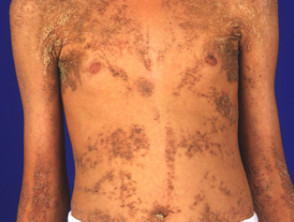



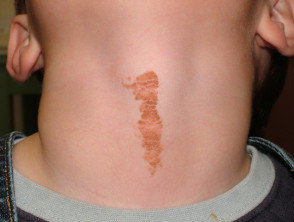




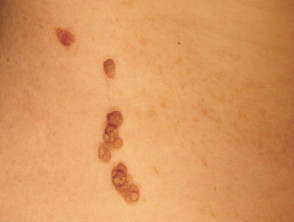
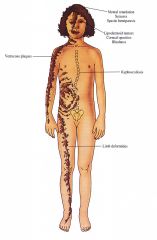


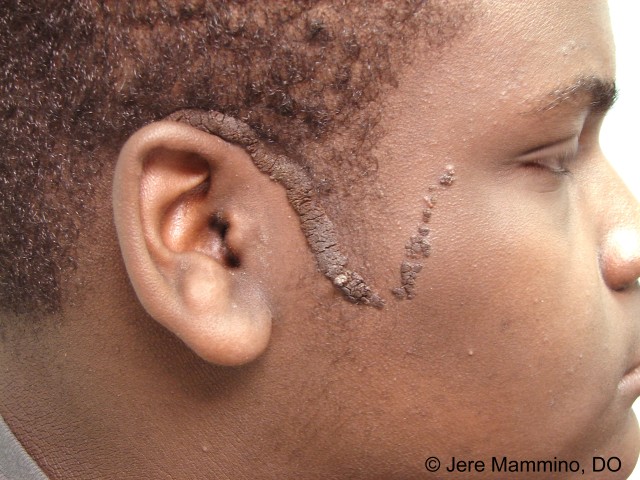
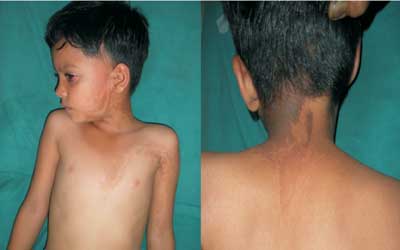


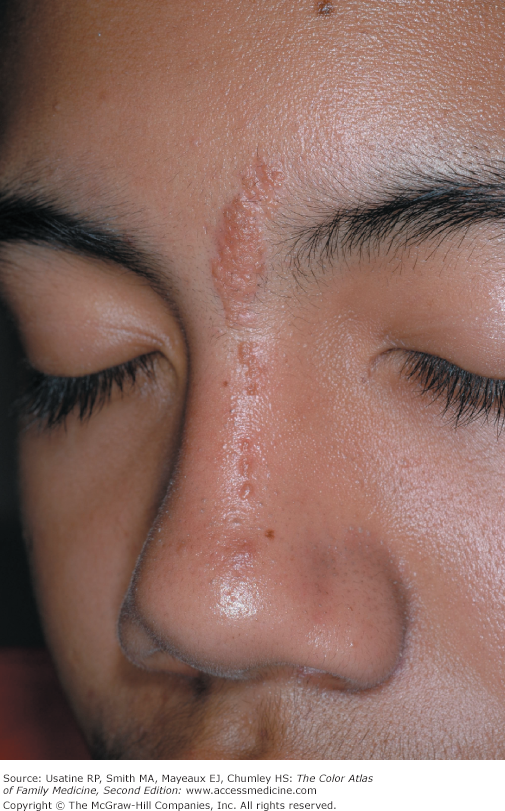
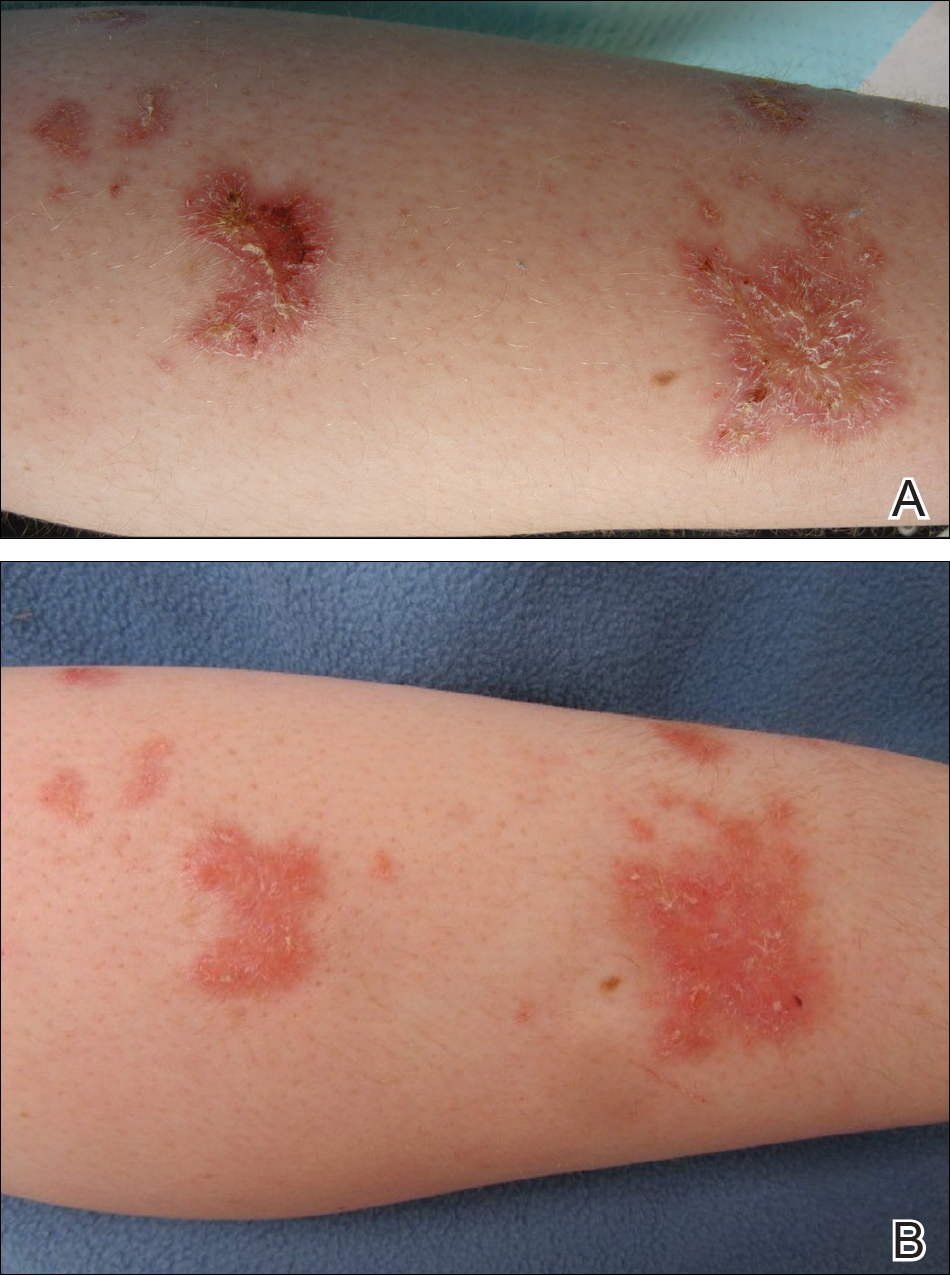

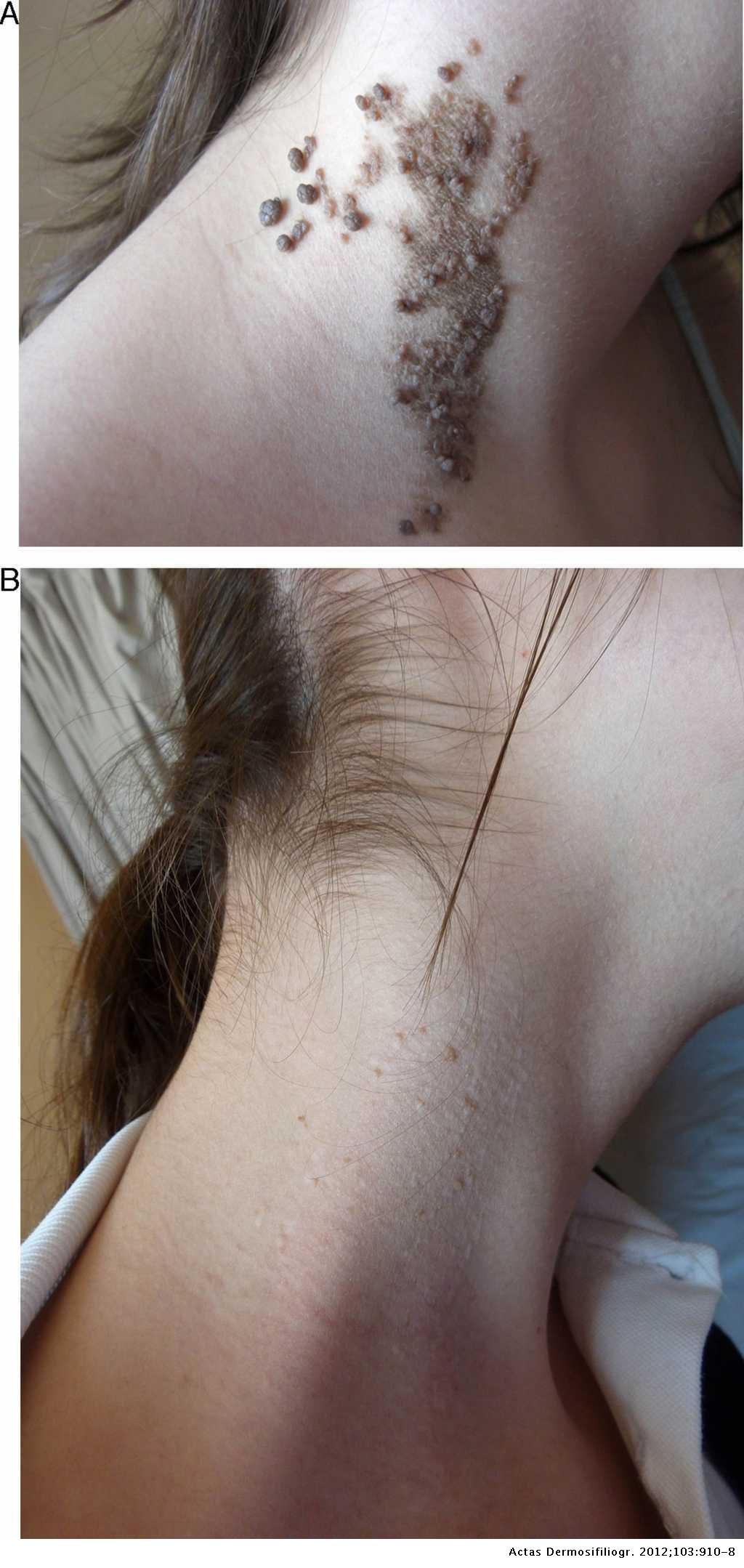
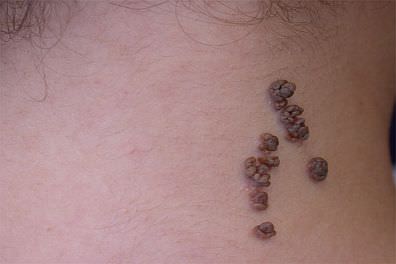

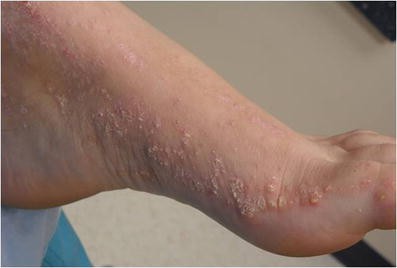
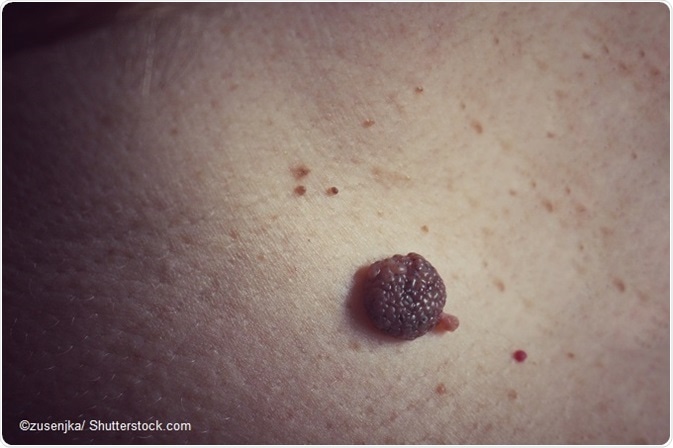





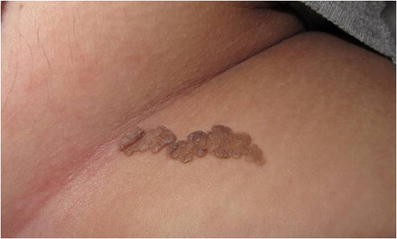






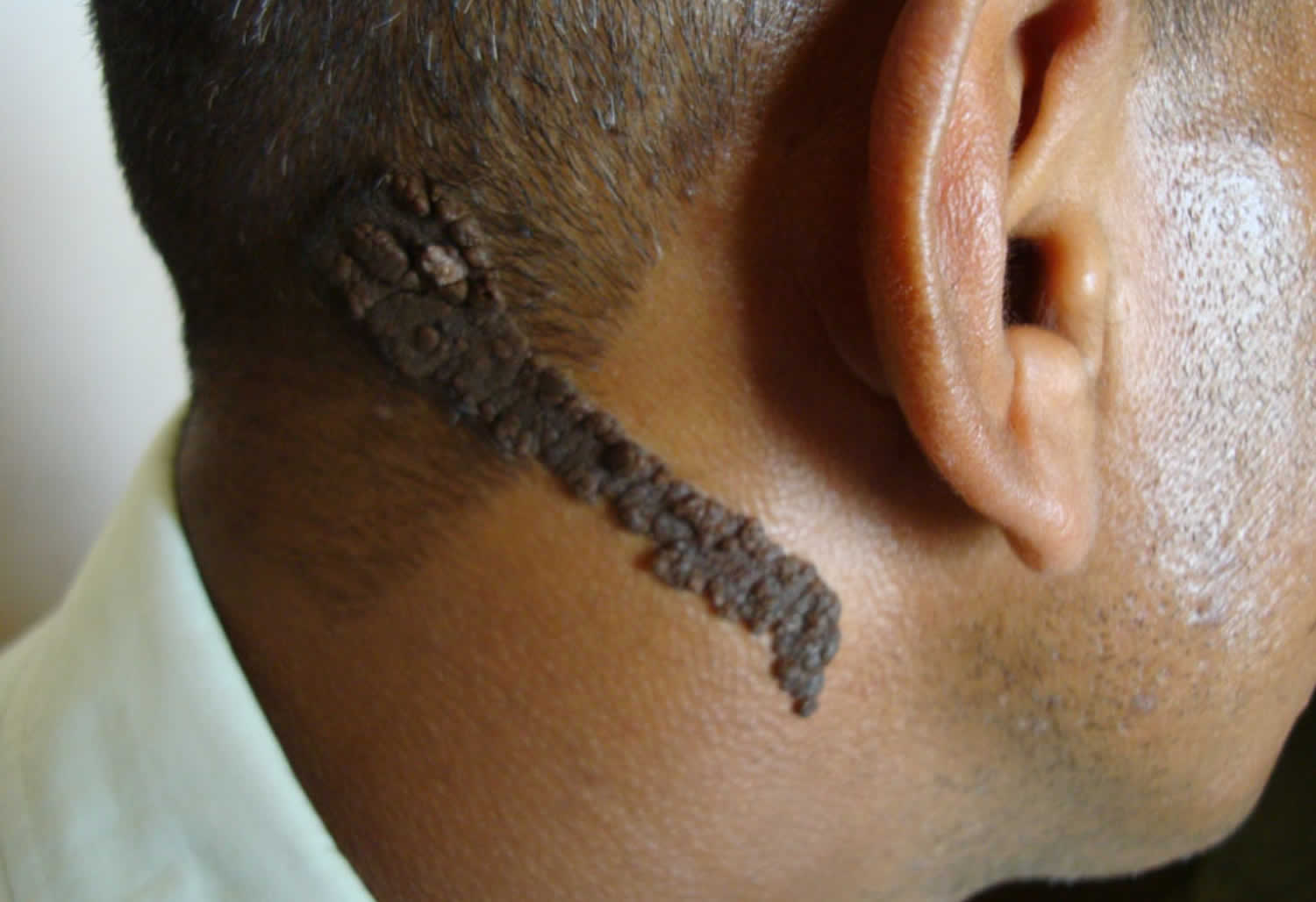

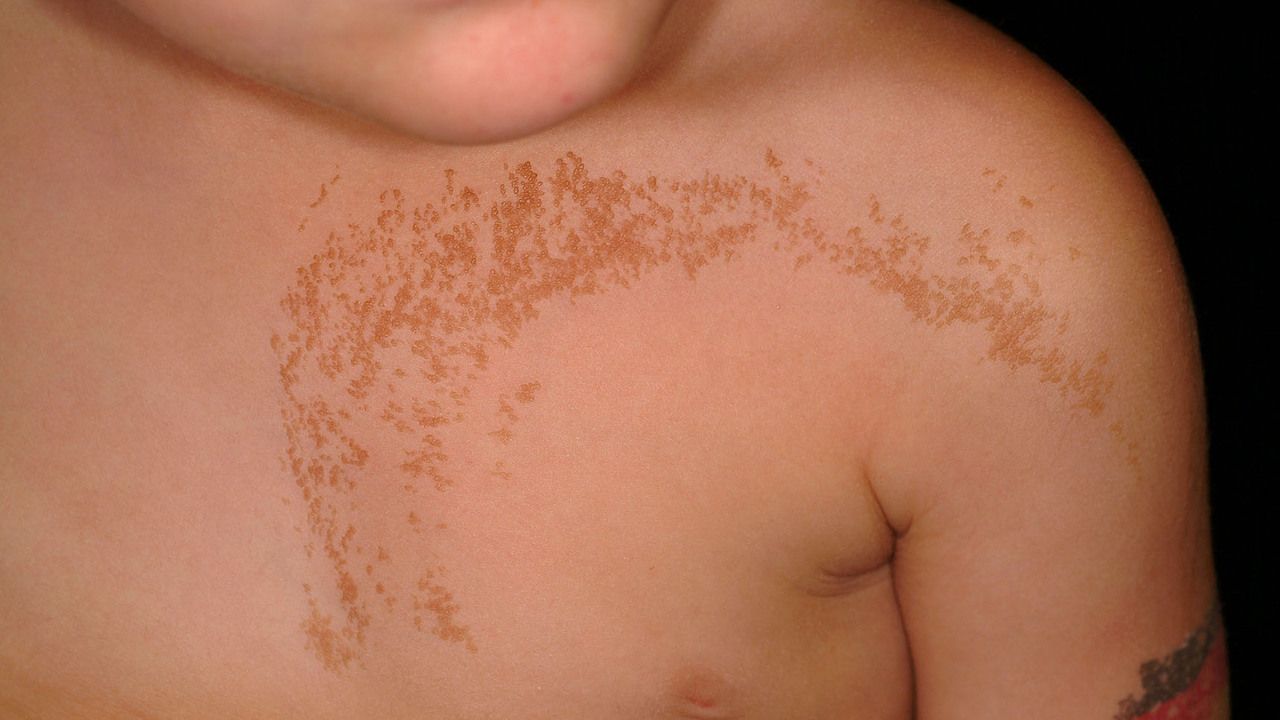


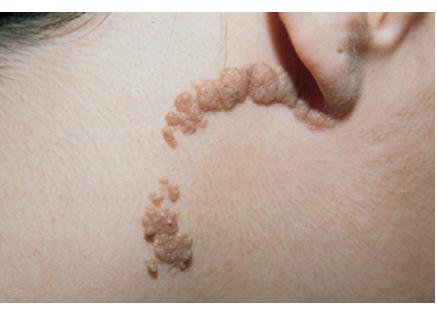

Posting Komentar untuk "Linear Epidermal Nevus Syndrome"